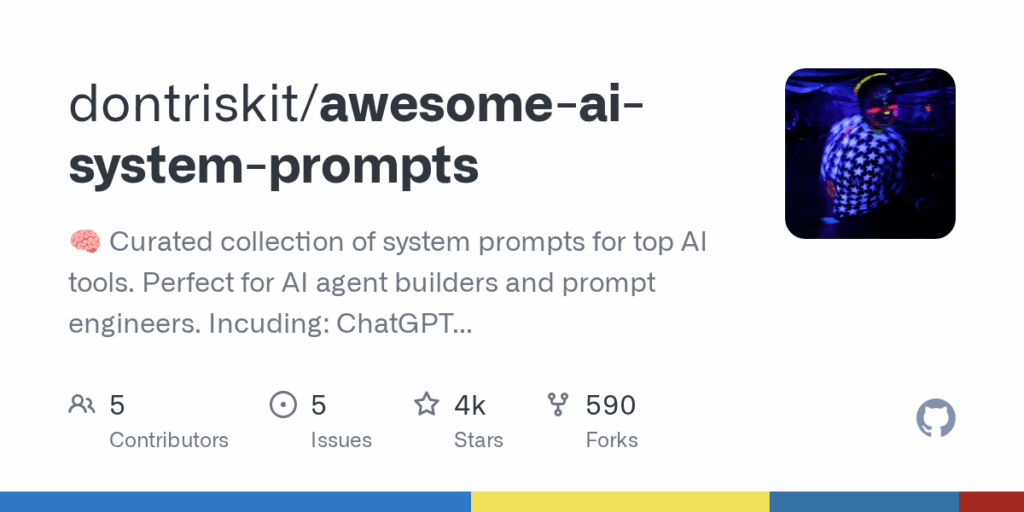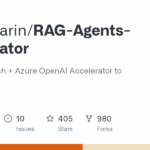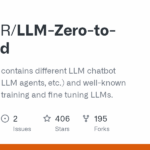awesome ai system prompts
Basic Information
This repository is a curated reference and guide for crafting effective system prompts for agentic AI systems. It collects real-world system prompts, schemas, and patterns from a variety of agents and platforms including Vercel v0, same.new, Manus, OpenAI ChatGPT, Claude, Cline, Bolt.new and others. The README synthesizes principles such as clear role definition, structured instructions, explicit tool integration, iterative agent loops, environment grounding, domain constraints, safety and refusal protocols, and consistent tone. The content is organized into case studies, modular prompt examples and annotated best practices so builders and prompt engineers can study how production agents specify tools, plan actions, format outputs, and enforce safety. The repo is aimed at people designing or improving agent behaviors rather than at end users seeking a single bot.








